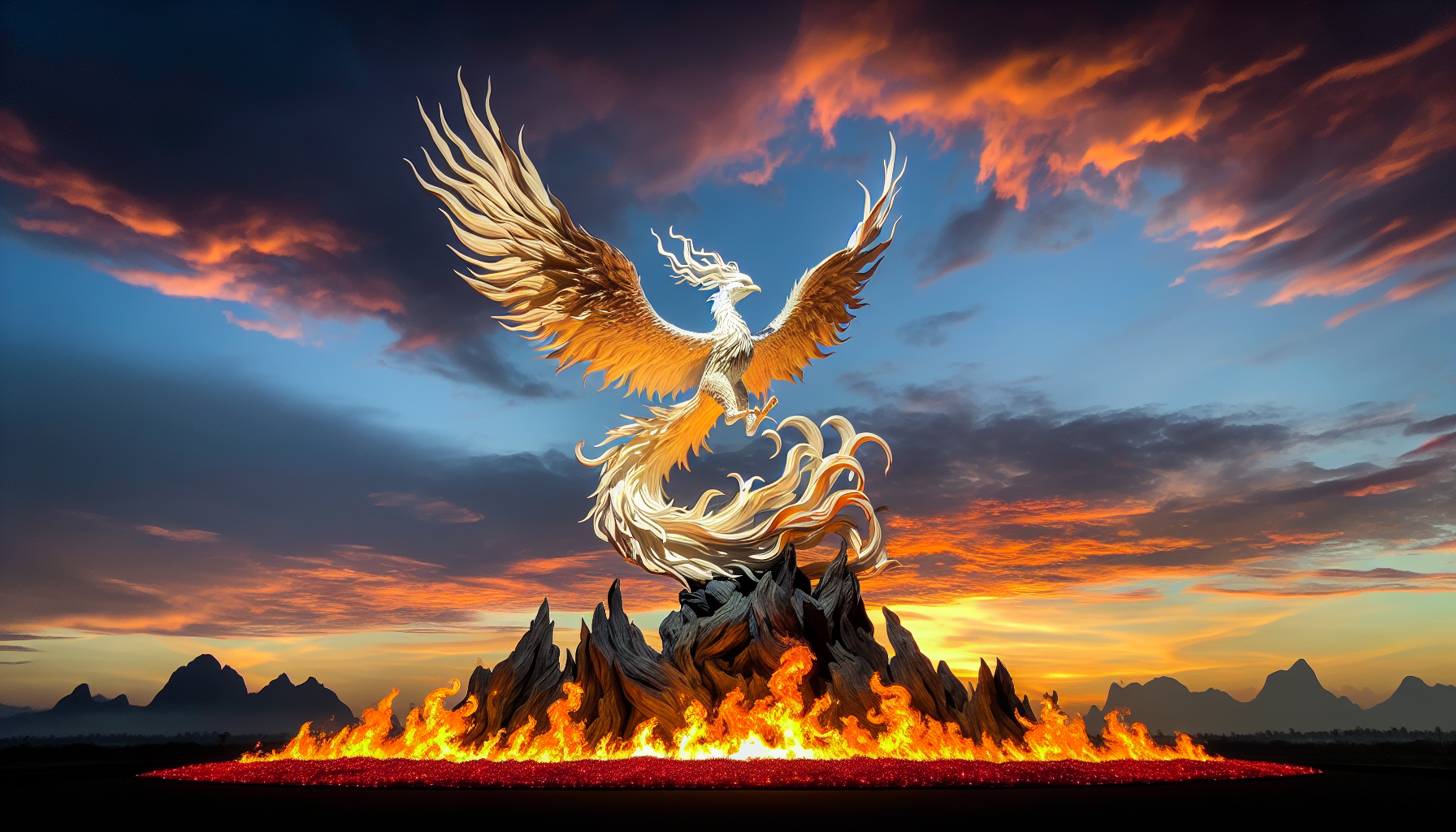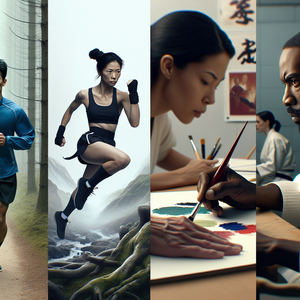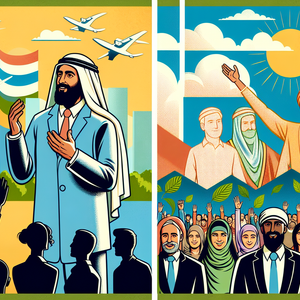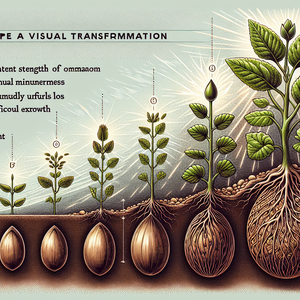The Green Renaissance: How Art and Culture Are Driving Climate Change Solutions

Art has long served as a reflection of societal values, struggles, and aspirations. In the context of climate action, it is evolving into a powerful catalyst for change. Artists are employing various mediums—ranging from visual arts to performance and literature—to communicate complex climate issues in relatable ways. A striking example is the "Climate Clock," a public art installation that visually represents the urgency of climate action by counting down the time left to prevent catastrophic global warming. This compelling visual transforms abstract statistics into a visceral reminder of the urgency we face, compelling viewers to confront the impending climate crisis.
Innovative Projects and Collaborations
Numerous innovative projects illustrate how art and culture are driving climate solutions. Initiatives like "Art for the Earth" bring together artists from diverse disciplines to create works that raise awareness about the climate crisis. These projects often align artistic practices with environmental sustainability, as seen in Olafur Eliasson’s "Ice Watch." This project involved the placement of large blocks of ice, harvested from Greenland, in urban spaces. As the ice melted, it served as a poignant reminder of the tangible effects of climate change, effectively drawing public attention to the urgent need for action. Cultural institutions are also recognizing their role in the fight against climate change. Museums and galleries worldwide are integrating sustainability into their operations and programming. The Tate Modern in London, for instance, has launched the "Climate Crisis" series, featuring exhibitions that explore the relationship between art and environmental issues. By providing a platform for artists to showcase their work, these institutions not only educate their audiences but also empower artists as agents of change, fostering a culture of environmental consciousness.
Community Engagement Through Art
Art's ability to engage communities is another crucial aspect of its role in climate action. Local artists often reflect the unique environmental challenges faced by their communities, creating works that resonate deeply with local audiences. The "Mural Movement" in various cities serves as an excellent example, with artists painting murals that depict local climate issues—such as rising sea levels or deforestation. These murals beautify public spaces and serve as powerful conversation starters, fostering community dialogue around climate solutions. Participatory art projects also invite community members to actively engage in the creation process, fostering a sense of ownership and empowerment. Projects like "The People's Climate Art" encourage individuals to contribute their artistic expressions, creating a collective narrative that underscores the community's commitment to climate action. This inclusive approach amplifies diverse voices and strengthens community bonds, which are essential for grassroots climate initiatives.
The Power of Storytelling
Storytelling is an intrinsic part of art, playing a vital role in climate advocacy. Artists and writers craft narratives that humanize climate issues, making them relatable and urgent. Through films, literature, and multimedia presentations, they highlight the personal stories of those affected by climate change—ranging from indigenous communities facing displacement to farmers grappling with drought. A notable example is the documentary "Before the Flood," featuring Leonardo DiCaprio, which combines scientific data with emotional storytelling to engage audiences effectively and motivate them to take action.
As we navigate the complexities of the climate crisis, the contributions of art and culture are invaluable. The creative community is not only raising awareness about climate issues but also igniting passion and mobilizing action across diverse platforms. By blending creativity with advocacy, artists inspire individuals and communities to envision a more sustainable future. The Green Renaissance exemplifies the unique power of art to connect, educate, and transform, reminding us that the fight against climate change is not merely a scientific endeavor but also a deeply human one. Supporting and engaging with artistic initiatives allows us to participate in a global movement that celebrates creativity as a vital force for change in the face of adversity. This collective action is essential, as we strive to combat climate change and foster a more sustainable, equitable world.
Environmental Art Curator
Core Responsibilities
Develop and curate exhibitions that explore the intersection of art and environmental sustainability.
Collaborate with artists to create impactful installations and public art projects addressing climate issues.
Organize educational programs and discussions that engage the community in environmental topics through art.
Required Skills
Strong background in art history, curation, or environmental studies.
Excellent communication skills for engaging with artists, stakeholders, and the public.
Experience in project management and exhibition design.
Common Employers
Art museums
cultural institutions
non-profit organizations focused on environmental issues
Climate Change Communications Specialist
Core Responsibilities
Craft compelling narratives and content that convey climate change messages to diverse audiences.
Collaborate with artists and influencers to amplify climate advocacy through multimedia storytelling.
Monitor and analyze public response to campaigns and adjust strategies as needed to enhance engagement.
Required Skills
Expertise in communications, marketing, or public relations, with a focus on environmental topics.
Proficiency in digital media platforms and content creation tools.
Strong writing and storytelling abilities to make complex scientific information accessible.
Common Employers
Environmental NGOs
government agencies
educational institutions
Community Arts Organizer
Core Responsibilities
Develop and facilitate community-based art projects that address local environmental issues.
Engage residents in participatory art initiatives that foster dialogue and collective action around climate change.
Build partnerships with local organizations to enhance the impact of community art programs.
Required Skills
Background in community organizing, social work, or arts education.
Strong interpersonal skills and the ability to inspire community involvement.
Knowledge of sustainable practices and environmental justice issues.
Common Employers
Community arts organizations
local governments
environmental nonprofits
Sustainability Coordinator for Arts Institutions
Core Responsibilities
Implement and oversee sustainability initiatives within arts organizations, ensuring environmentally responsible practices.
Conduct assessments of the organization’s environmental impact and develop strategies for improvement.
Collaborate with artists and curators to integrate sustainability themes into programming and exhibitions.
Required Skills
Knowledge of sustainability practices and environmental management, particularly in the arts sector.
Strong project management and organizational skills.
Passion for the arts and a commitment to environmental advocacy.
Common Employers
Museums
art galleries
cultural institutions committed to sustainability
Art-Based Climate Activist
Core Responsibilities
Utilize various artistic mediums to advocate for climate action and raise public awareness about environmental issues.
Organize and participate in art installations, performances, and campaigns that highlight climate urgency.
Collaborate with other activists and organizations to create impactful artistic expressions that mobilize community action.
Required Skills
Proficiency in one or more artistic disciplines, such as visual arts, performance, or multimedia.
Strong understanding of climate science and environmental policy.
Ability to engage audiences through compelling art and storytelling.
Common Employers
Activist organizations
independent art collectives
grassroots movements focused on climate justice


